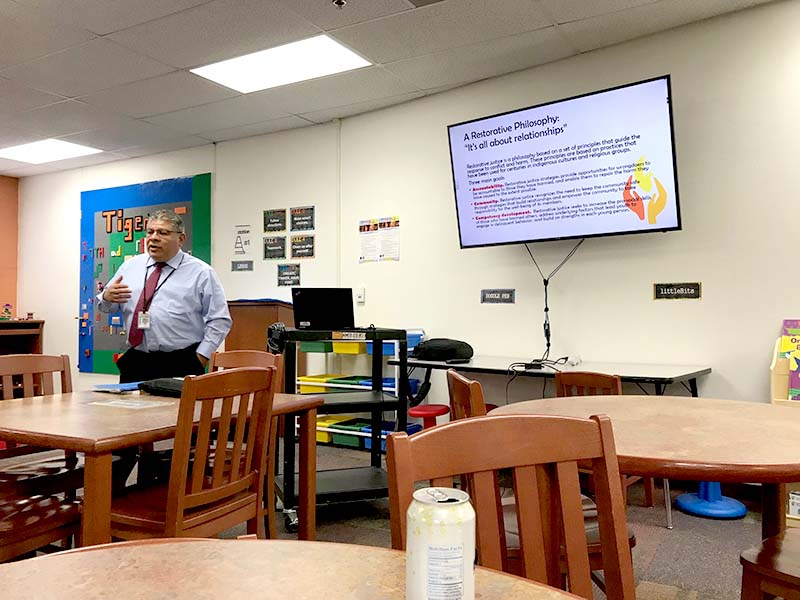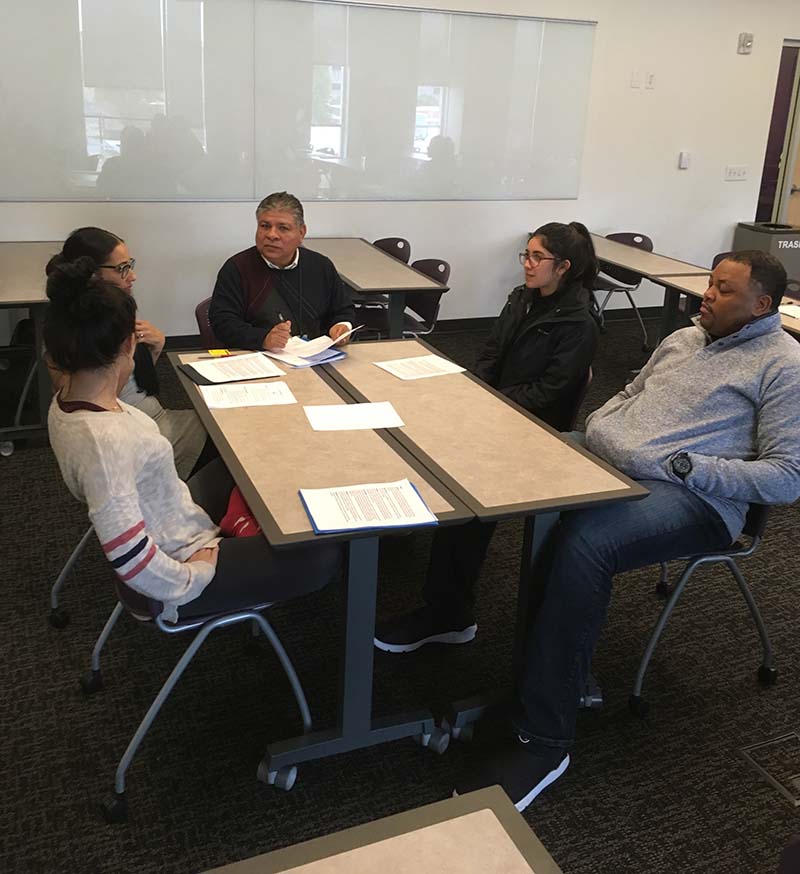Conflict Resolution Skills Training
Conflict resolution is the process of settling a dispute, disagreement, or other conflict between two or more parties. The staff will learn a conflict management model and learn the five types of behaviors for dealing with conflict which include:
Avoidance: the manager can very well postpone resolving the conflict until it becomes more demanding of action. This is because the people in the conflict being of the non-assertive and non-co-operative type, they behave in a very individualistic manner and are unsympathetic to the needs of others and thus they pay no attention to or avoid the problems. However, the method of avoidance does not work in resolving conflicts in the long-term as the employees cannot avoid each other forever and there could be an unpleasant confrontation sometime or the other.
Accommodation – means giving in to the demands of others at the cost of one’s own needs. Non-assertive, co-operative behavior is all right when the conflict issues are of no interest to the manager or have little or no power to take up the issue for resolution. However, accommodation can have detrimental effects to the authority of the manager although it helps sometimes to give in in order to build a rapport with the others.
Compromise – demonstrating some assertiveness and some cooperation is in a medium line between competition and accommodation. Some give and some take would certainly ease the situation and prevent it from getting out of hand. It is a quick and immediate solution without any elaborate investigation into the circumstances of the conflict. Also, the parties to the conflict are both somewhat satisfied that at least some of their demands have been met.
Competition – this approach is assertive and non-co-operative and the opposite of accommodation. The other persons’ needs are completely overshadowed by the manager’s own requirements. This insistent and un-compliant approach, while detrimental to relationship building, gets the work done in a short time. This approach cannot always work in all situations and the team spirit and enthusiasm is lost.
Collaboration – the assertive and co-operative approach is the best way to resolve issues by looking at it from all the different perspectives and trying to find solutions that are satisfactory for all the parties concerned in the conflict. Collaboration approach takes time and effort to acquire but can provide lasting solutions. Unpleasant situations can be defused with skill and overt concern for the needs of all the participants.


Mediation Skills Training

The staff will learn the mediation process and steps to help others resolve their conflicts or disagreements. The staff will also learn skills to become a good mediator. These skills may include:
Active Listening – is the process in which the listener takes active responsibility to understand the content and the feeling of what is being said and then checks with the speaker to see if he/she heard what the speaker intended to communicate.
Questioning and Clarifying – to grasp the facts and the areas of controversy
Emotional intelligence – to understand the underlying emotions
Summarizing Skills – to set out the main points of controversy, and underlying emotions, and to help participants to re-frame issues in less emotive language. The also learn when to be giving and receiving feedback.
Empathy – to help each to stand in each other’s shoes and understand each other’s point of view.
The staff will also participate in mock mediations and practice their skills as mediators.
Implicit Bias Training
Implicit bias refers to the attitudes or stereotypes that affect our understanding, actions, and decisions in an unconscious manner. These biases, which encompass both favorable and unfavorable assessments, are activated involuntarily and without an individual’s awareness or intentional control. The staff will learn how their implicit bias can affect their interactions and relationships with children/youth. The training will also cover the following terms:
A stereotype – is an exaggerated belief, image or distorted truth about a person or group—a generalization that allows for little or no individual differences or social variation. Stereotypes are based on images in mass media, or reputations passed on by parents, peers and other members of society. Stereotypes can be positive or negative.
A prejudice – is an opinion, prejudgment or attitude about a group or its individual members. A prejudice can be positive, but in our usage refers to a negative attitude.
Prejudices – are often accompanied by ignorance, fear or hatred. Prejudices are formed by a complex psychological process that begins with attachment to a close circle of acquaintances or an “in-group” such as a family. Prejudice is often aimed at “out-groups.”
Discrimination – is behavior that treats people unequally because of their group memberships. Discriminatory behavior, ranging from slights to hate crimes, often begins with negative stereotypes and prejudices.
The staff will take the (Implicit Assessment Test). We will help them interpret the results and what it means.
Confronting Implicit Bias Strategy
- Stereotype Replacement: an individual recognizes that he or she is responding to a situation or person in a stereotypical fashion. (S)he considers the reasons and actively replaces this biases response with an unbiased one.
- Counter-stereotyping Imaging: Once an individual detects a stereotypical response, he or she thinks of examples- either famous or personally known to the person—that prove the stereotype to be inaccurate.
- Individuating: This strategy involves gathering very specific information about a person’s background, tastes, hobbies, and family, so that one’s judgements will be based on the particulars of that person, rather than on group characteristics.
- Perspective taking involves stepping into the shoes of a stereotyped person. For example, what does it feel like to have your intelligence automatically questioned or to be followed in a store? This can be useful in assessing the emotional impact on individuals who are constantly being stereotyped in negative ways.
- Increasing Opportunity for Positive Contact: Reducing implicit bias is to actively seek out situations where one is likely to be exposed to positive examples of groups subject to stereotype.
Trauma Informed Care Training


Trauma Informed Care Training is an organizational structure and treatment framework that involves understanding, recognizing, and responding to the effects of all types of trauma. Trauma Informed Care also emphasizes physical, psychological and emotional safety for both consumers and providers, and helps survivors rebuild a sense of control.
Understanding ACEs (Adverse Childhood Experiences) – ACEs are traumatic events that can have negative, lasting effects on the health and well-being of children now and in the future. ACEs includes abuse, neglect, family & household dysfunction and other experiences.
The staff will take the (ACEs Assessment Tool), interpreted their scores and how trauma can affect one’s psychological, physical and emotional health.
The staff will also learn the following:
- What is resiliency?
- What does resiliency look like?
- Building attachment and nurturing relationships.
- Building social connections.
- Meeting basic needs.
- Building social emotional skills.
- The effects trauma has on learning.

